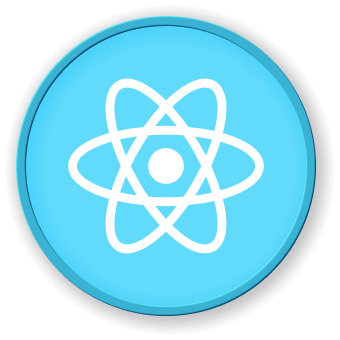React useKeyPress Hook
index.html and script.js have already been provided in the VM. In general, you only need to add code to script.js and style.css.
This function listens for changes in the pressed state of a given key. To use it:
- Call
useKeyPress() with the target key as an argument.
useKeyPress() returns a boolean value that indicates whether the key is currently pressed.- The function uses the
useState() hook to create a state variable that holds the pressed state of the given key.
- It defines two handler functions that update the state variable on key down or key up accordingly.
- The
useEffect() hook and EventTarget.addEventListener() are used to handle the 'keydown' and 'keyup' events.
- Finally,
EventTarget.removeEventListener() is used to perform cleanup after the component is unmounted.
const useKeyPress = (targetKey) => {
const [isKeyPressed, setKeyPressed] = React.useState(false);
const handleKeyDown = ({ key }) => {
if (key === targetKey) setKeyPressed(true);
};
const handleKeyUp = ({ key }) => {
if (key === targetKey) setKeyPressed(false);
};
React.useEffect(() => {
window.addEventListener("keydown", handleKeyDown);
window.addEventListener("keyup", handleKeyUp);
return () => {
window.removeEventListener("keydown", handleKeyDown);
window.removeEventListener("keyup", handleKeyUp);
};
}, [targetKey]);
return isKeyPressed;
};
Here's an example usage of useKeyPress() in a React component:
const MyApp = () => {
const isWKeyPressed = useKeyPress("w");
return <p>The "w" key is {!isWKeyPressed ? "not " : ""}pressed!</p>;
};
ReactDOM.render(<MyApp />, document.getElementById("root"));
Please click on 'Go Live' in the bottom right corner to run the web service on port 8080. Then, you can refresh the Web 8080 Tab to preview the web page.




